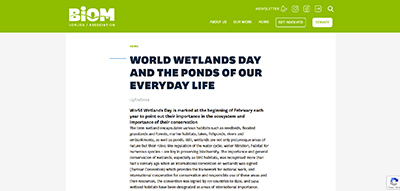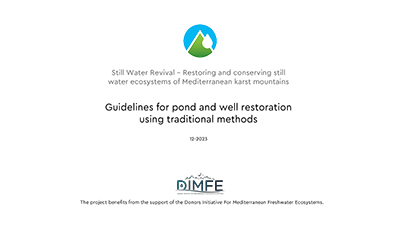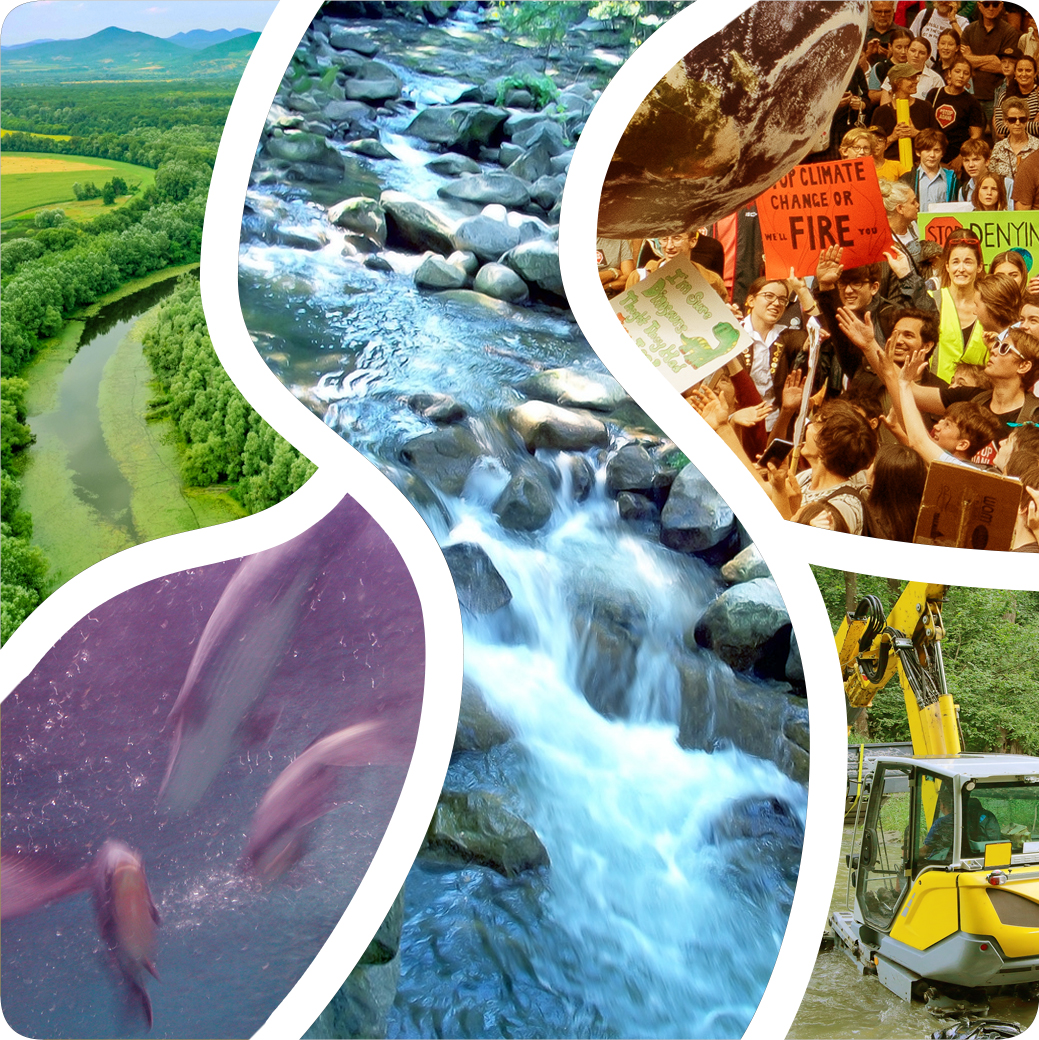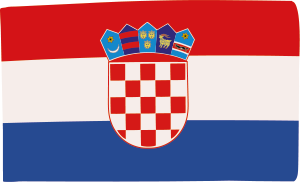Tomislav Hudina
Botany and Habitats Programme Manager
Association Biom - BirdLife Croatia
NGOs & Civil Society

My Projects
 Dinara back to LIFE - In the past 12 years I have been working on many projects and initiatives but recently the most prominent was Dinara back to LIFE project which was the first bigger grassland restoration project in Croatia which has prepared the ground for broadening the scope to many other areas and has also tested the restoration methodologies that are now being mainstreamed in the nature protection sector in Croatia.
Dinara back to LIFE - In the past 12 years I have been working on many projects and initiatives but recently the most prominent was Dinara back to LIFE project which was the first bigger grassland restoration project in Croatia which has prepared the ground for broadening the scope to many other areas and has also tested the restoration methodologies that are now being mainstreamed in the nature protection sector in Croatia.
- Key project facts
The ‘Still Water Revival’ project enabled us to work with local communities of shepherds, as well as land managers, in order to map, asses the ecological status and prioritize ponds and wells for restoration. We also managed to restore more than 20 ponds and wells in 4 mountains and implement there a caretaker program that will ensure a long-term care for them.
- What impact did these projects have on biodiversity, if any?
Ensured the long term persistence of the habitat itself.
- What work challenges did you face and what approach did you take to solve them?
There are so many things that would be interesting to explore and contribute to solving challenges related to biodiversity conservation. Sometimes it is challenging to prioritize the topics and areas to work on but we are trying to go for the topics and areas where we can make biggest positive impact and connect with key stakeholders to ensure future synergies and make opportunities for broadening the scope.
- What lessons learned are transferable to other places/projects?
Be realistic, but, as a famous quote says "Shoot for the Moon. Even if you miss, you'll lang among the stars", have a high goals and even if you don't achieve them completely the effort you put into reaching them is a great preparatory work for the second attempt.
- Is there anything you would do differently if you could do it all over again?
With the implementation of new methods or activities it is hard to have everything perfectly organized, but surrounding yourself with key experts makes the job much easier and interesting learning process.
My Focus and Approach
- Lessons Learnt - Some recommendations for others?
- What’s most important:
Open and regular communication with partners and stakeholders.
- Do this, not that:
Don't start the development of the project or activity by piling up things you would like to do but think first of the objectives you want to achieve.
- Always start by:
imagining what the final goal or the result of some project or activity is and taylor the necessary steps to get there.
- What to do when things get difficult…:
Being transparent in communication to partners and stakeholders, it pays off.
- 5 simple steps to:
- Decide what you want to restore and why.
- Ask your stakeholders what they would want.
- See if there is some overlap between these two wants.
- Assign points based on both of your needs to the potential restoration objects.
- Argument the selection of the priorities for restoration.
- The biggest barrier and what I am trying to do about it:
With implementation of new methods or activities it is hard to have everything perfectly organized, but surrounding yourself with key experts makes the job much easier and interesting learning process.
- What’s most important:
My Journey
- My current role:
Botany and Habitats Programme Manager at Association Biom.
- My journey:
Through work on grassland restoration projects, we as a team became aware of the need for additional involvement of local communities and providing support in the form of restoration of small water bodies such as ponds and wells. In this way, we ensured their support in efforts to preserve the biodiversity associated with grasslands, and we also created added value for them, which in the end is not only an additional source of water for their livestock but also contributes to the preservation of small freshwater ecosystems and the biodiversity associated with them.
- My Education:
I have always been interested in natural sciences but after getting the BSc degree in molecular biology I decided to specialize in botany, so my master’s degree was in experimental biology - botany. After that I used several opportunities to gather more experience and knowledge through informal education which gave me a good insight into habitat restoration methods and activities.
- The Big Change:
Through the practical implementation of several bigger projects, I got the opportunity to coordinate preparation of new restoration projects that enabled me to involve the lessons learned and best practices and bring the key partners to the partnerships in order to ensure successful implementation of those projects.
- Favourite part of the work I do:
Definitely the opportunity to combine practical knowledge through fieldwork activities with the creative part of the working with people and developing new projects and activities.
Brief Overview
Interview
Key Topics:
Key Topics
These relate to specific topics (e.g. technical solutions; restoration activities etc.) addressed within the showcase materials.
- Long term caretake
- Ecological assessment
- Prioritization
Prone2Success Factors Demonstrated:
Prone2Success Factors Demonstrated
These are the Prone2Success checklist factors which are highlighted within this showcase. More information on the Prone2Success checklist can be found here.
- Communicate/engage with stakeholders from the outset
- Ensure stakeholder understanding / education of restoration goals & benefits
NRL Restoration Categories:
NRL Restoration Categories
These are the restoration categories (listed under Annex VII of the European Nature Restoration Law (NRL) which are relevant to this showcase.
- [22] Improve connectivity across habitats
Was this information useful?
No
Thank you for submitting feedback.
Click here to share your thoughts
Resources
Articles
 Dinara’s restored pools and wells - The Still Water Revival Project, dedicated to the restoration of neglected water bodies in the regions of Biokovo, Dinara, North Velebit, and Učka, is still. ongoing
Dinara’s restored pools and wells - The Still Water Revival Project, dedicated to the restoration of neglected water bodies in the regions of Biokovo, Dinara, North Velebit, and Učka, is still. ongoing
 World Wetlands Day and the ponds of our everyday life - World Wetlands Day is marked at the beginning of February each year to point out their importance in the ecosystem and importance of their conservation.
World Wetlands Day and the ponds of our everyday life - World Wetlands Day is marked at the beginning of February each year to point out their importance in the ecosystem and importance of their conservation.
 The beginning of the Still Water Revival Project for the restoration of wells and ponds in the karst mountains - Water bodies in the Croatian karst mountains are a focal point of biodiversity, but in recent decades they have been exposed to deterioration. We are partners in a new project that will reverse this process.
The beginning of the Still Water Revival Project for the restoration of wells and ponds in the karst mountains - Water bodies in the Croatian karst mountains are a focal point of biodiversity, but in recent decades they have been exposed to deterioration. We are partners in a new project that will reverse this process.
Presentations
 Still Water Revival – Restoring and conserving still water ecosystems of Mediterranean karst mountains - Guidelines for pond and well restoration using traditional methods
Still Water Revival – Restoring and conserving still water ecosystems of Mediterranean karst mountains - Guidelines for pond and well restoration using traditional methods
Acknowledgements & Links
I have to thank my project team in Biom (Zdravko Budimir, Tanja Starčević, Tomislav Sotinac, Ivan Budinski and Melani Glavinić), as most of the results were achieved thanks to their efforts.


